

We’re looking forward to introducing you to Amber Sawaya. Check out our conversation below.
Hi Amber, thank you so much for joining us today. We’re thrilled to learn more about your journey, values and what you are currently working on. Let’s start with an ice breaker: What is something outside of work that is bringing you joy lately?
A few years ago, I took my design agency to Lagoon for the day, and one of our team members said, “I can’t believe there are roller coasters in the middle of the most beautiful gardens and trees.” That reopened my eyes to just how special it is to have something like this in our backyard.
Since then, I’ve made it a tradition to get a season pass with friends — and more join in every year. I love everything about it: the physics of how a roller coaster works, the way history and design layer into the park, and the pure joy of being in a place built entirely for fun. When we leave our house in Holladay and head to Farmington, we say, “All aboard the Bamberger to Lagoon!” (IFYKYK).
It’s a reminder for me that play is serious business. Stepping into a world designed for engagement and delight keeps me grounded in why I design for people in the first place — to spark moments of surprise, connection, and joy. My dream job would be to work at Lagoon as their Guest Experience Designer — shaping how people feel, move, and connect in one of Utah’s most joyful places.
Can you briefly introduce yourself and share what makes you or your brand unique?
I’m a user experience designer and design leader who helps turn ambitious ideas into products people actually want to use. Over my career, I’ve worked with tech founders, startups, and established companies to take concepts from that first sketch on the back of a napkin all the way to launch — and then refine them into tools that scale.
What makes my work unique is how I blend creativity with structure — designing experiences that feel intuitive and a little magical. I love building design systems that keep teams aligned, experimenting with AI-powered user experiences, and creating interfaces that feel both intuitive and a little magical. I’ve led design through big transitions — from 0→1 startup launches to enterprise partnerships with companies like Microsoft — and what keeps me excited is that moment when a rough idea becomes something real in someone’s hands.
Right now, I’m diving deep into how AI and design can shape the way we experience everyday tools and interactions. From data wrangling to storytelling, I’m fascinated by the places where technology bends toward magic. It’s the kind of work that combines my love of storytelling, technology, and design into one.
Thanks for sharing that. Would love to go back in time and hear about how your past might have impacted who you are today. Who taught you the most about work?
The people who taught me the most about work are definitely my parents. My mom worked piece rate — paid by the item, not the hour — and she showed me how efficiency changes everything. When I was 13, I realized I could make $6 an hour or $18 an hour, depending on whether I followed her setup and stayed focused. That lesson in speed, precision, and getting things done has stuck with me ever since.
She also taught me that sometimes people just want to deal with a man. When my husband and I ran a business together, we’d simply hand those people back and forth.
My dad ran a mortgage company before moving to the Utah Department of Financial Institutions, where he helped audit banks and advise on mortgage law after the 2008 financial collapse. He’s full of phrases that still guide me, like: some people have ten years of experience, and some have one year of experience ten times.
And he’s quick with a joke. Once I told him, “Thanks for the work ethic, Dad — but honestly, I would’ve preferred a trust fund.” He paused, looked at me, and said, “Frankly… so would we.”
What have been the defining wounds of your life—and how have you healed them?
My career has been shaped by big moves followed by big crashes. I graduated from college just as the dot-com bubble burst, competing for grocery-store advertising layout jobs against seasoned creative directors. In 2008, I left a stable corporate role to start a design agency with my husband — right before the financial crisis hit. And in 2020, I launched another agency and hired our first employee three days before the COVID shutdown.
Those experiences taught me that you can weather almost anything if you know how to work lean and stay creative under pressure. When you can build a business or deliver a project with limited resources, you build real resilience. Knowing how to be scrappy — and still deliver beautiful, thoughtful work — will always serve both you and your clients well.
That mindset shows up in my design philosophy, too. Good design isn’t about having endless time or perfect conditions — it’s about making smart choices, adapting quickly, and finding elegant solutions within constraints. Every setback I’ve faced has refined my ability to do just that: to design with clarity, empathy, and endurance.
Alright, so if you are open to it, let’s explore some philosophical questions that touch on your values and worldview. Where are smart people getting it totally wrong today?
Smart people are getting it wrong by treating shareholder value as the only virtue. The fabric of business is unraveling — we need to be kinder, quicker, and stop reducing every decision to short-term financial optics. Quick fixes like layoffs and shoving AI at everything might buy runway, but they erode trust, creativity, and the very resilience companies need to thrive.
We’re also entering what I call a ‘Death of Catharsis’ — a moment when products, stories, and even experiences technically work but fail to deliver any real wonder or connection. They function, but they don’t move us. The next wave of great companies will be the ones that remember how to design for that feeling again.
Thank you so much for all of your openness so far. Maybe we can close with a future oriented question. What is the story you hope people tell about you when you’re gone?
I hope people say I threw a good party — not just in the literal sense, but in the way I brought people together, created experiences, and made them feel welcome. I hope they remember that I left things better than I found them, that I worked to lessen my own impact on nature and helped others do the same, and that I could always tell a good story.
Contact Info:
- Website: https://ambersawaya.com/
- Instagram: https://www.instagram.com/ambersawaya/
- Linkedin: https://www.linkedin.com/in/ambersawaya/


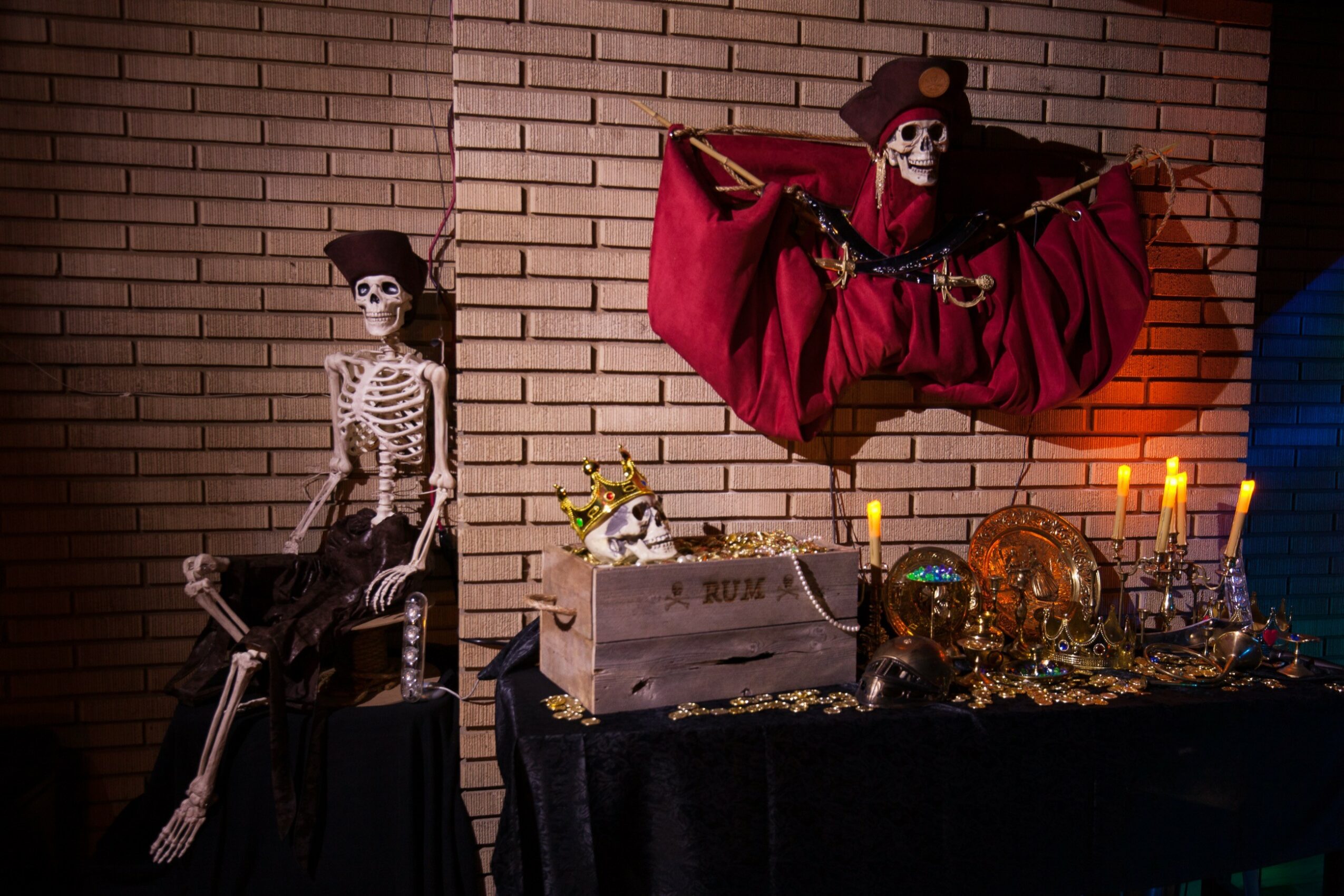





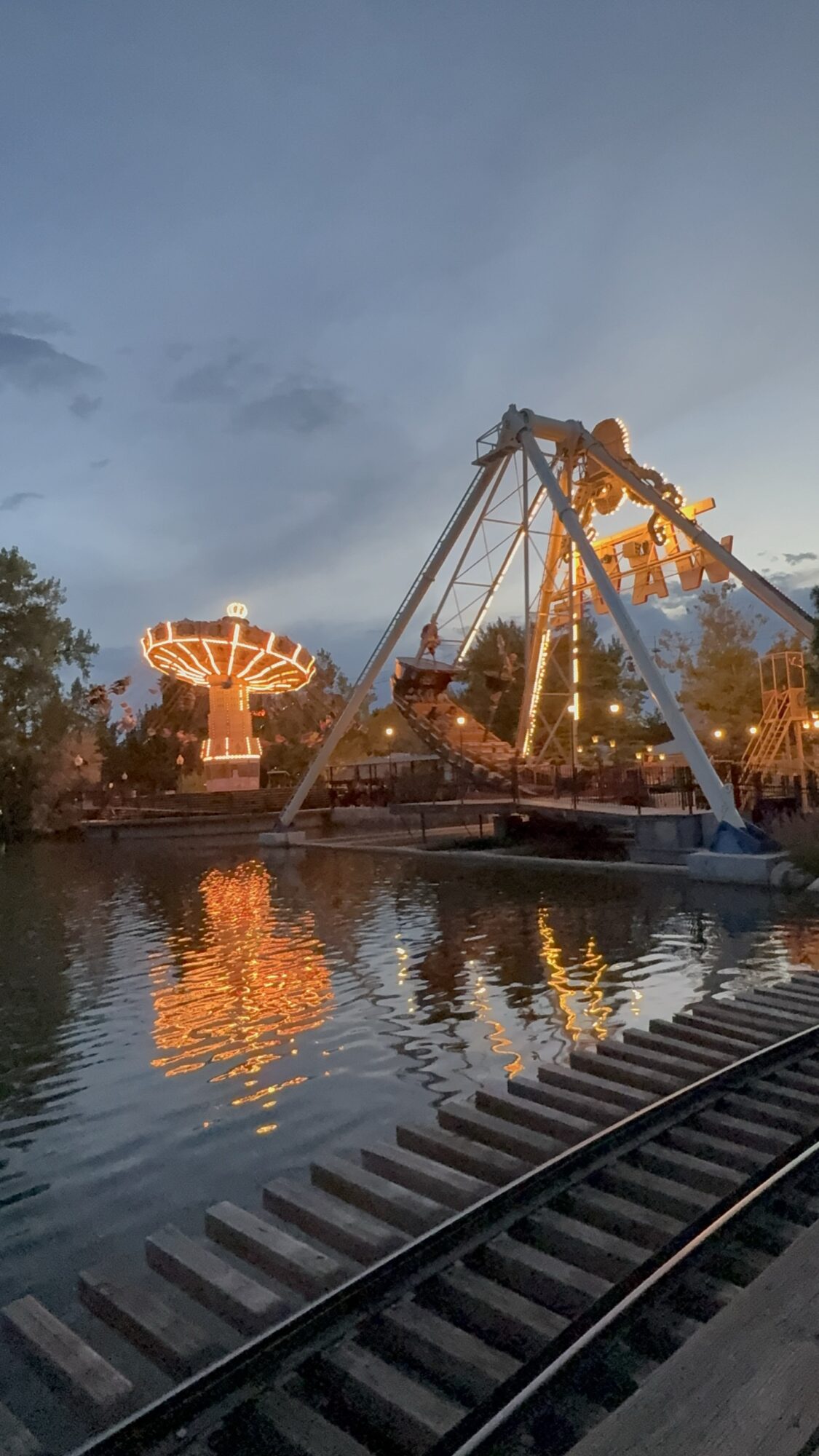


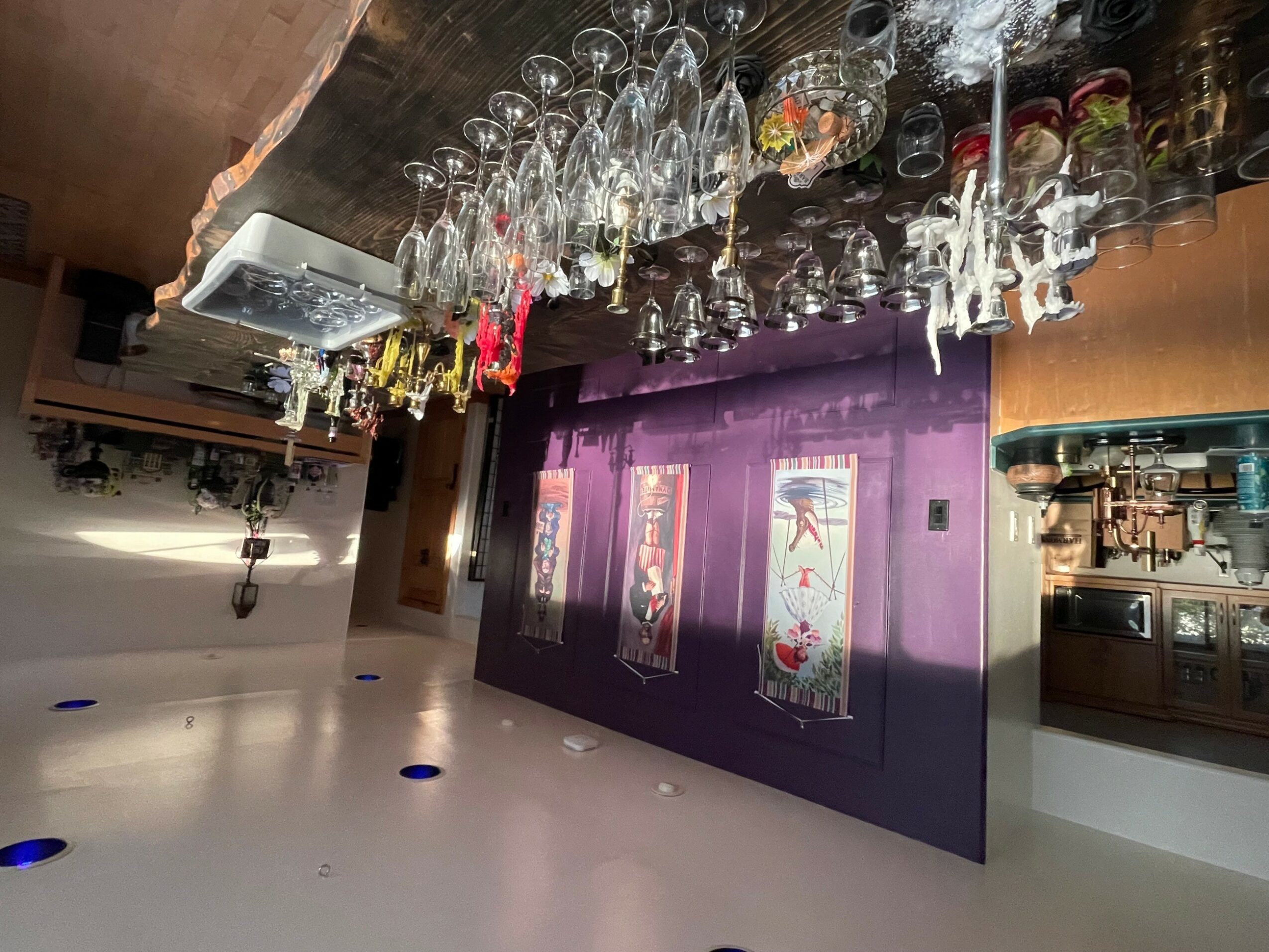
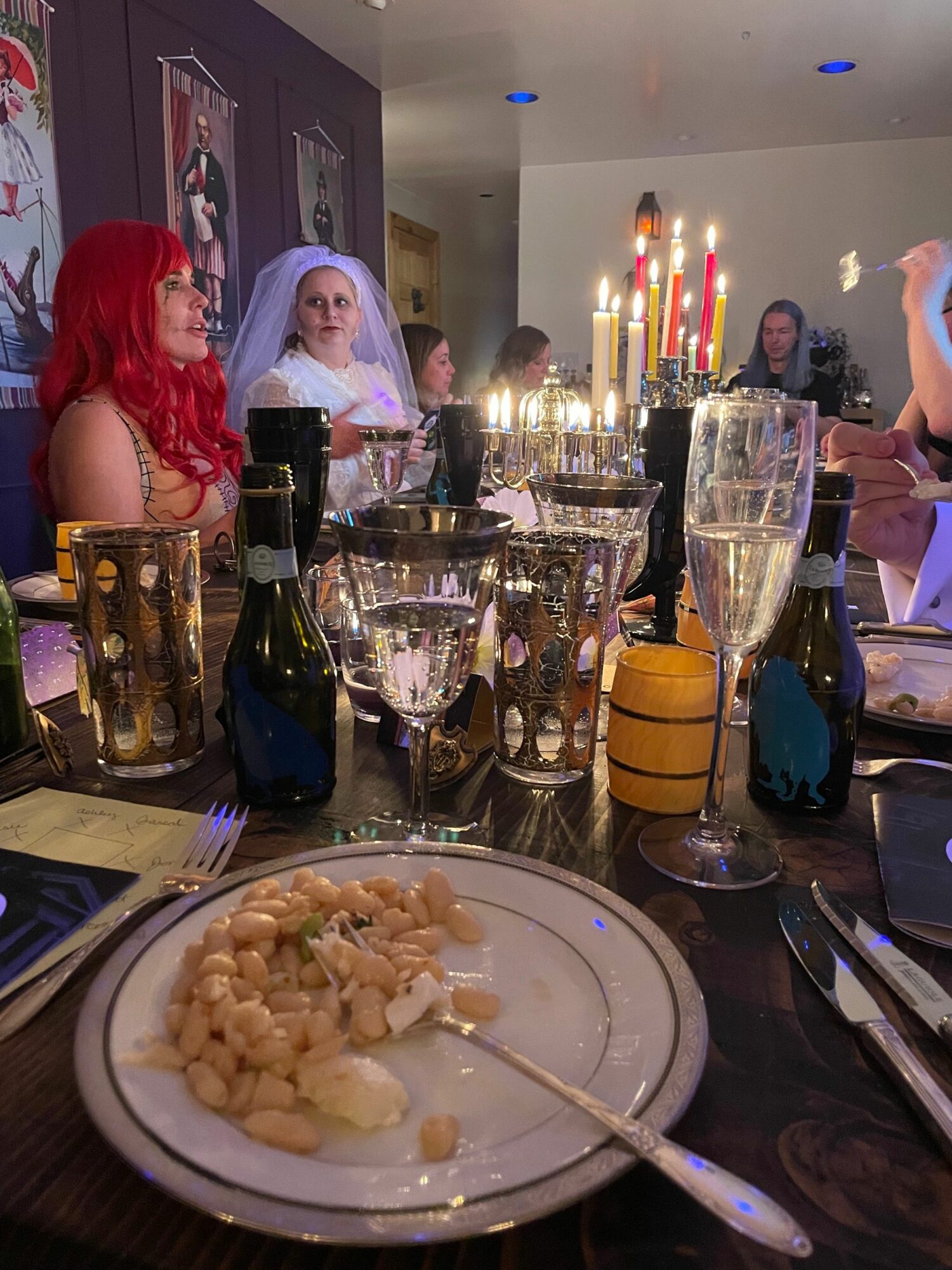
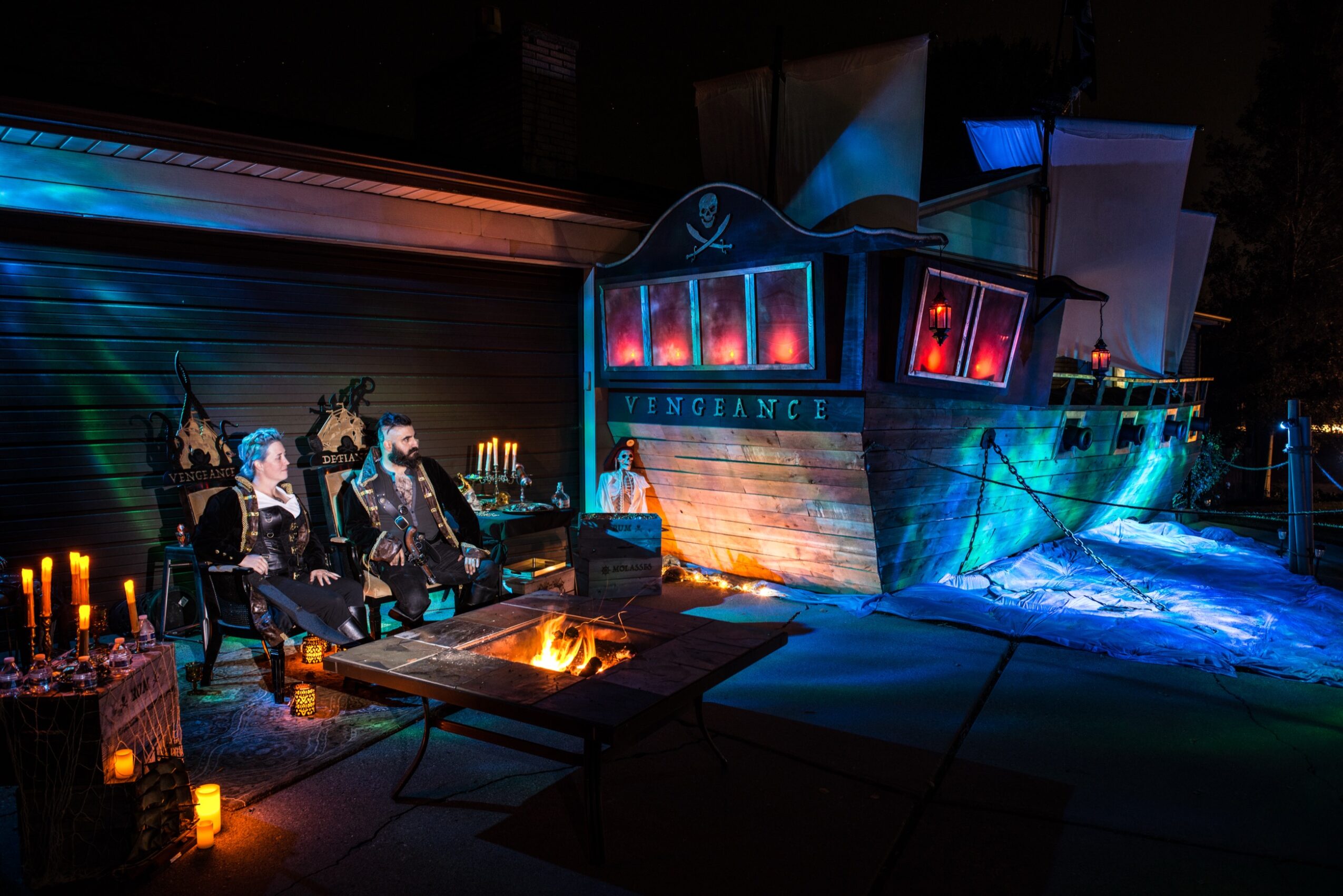
Image Credits
Pirate-party03.jpg – photo by Jeff McGrath Photography – https://www.jeffmcgrathphotography.com/











